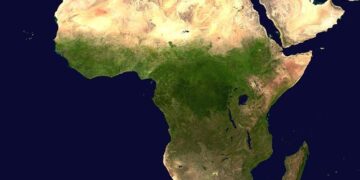Insights from Dr. Amy Waltz: Strategies in Ecological Restoration at Northern Arizona University
Introduction to Ecological Restoration
Dr. Amy Waltz is a prominent figure in the field of ecological restoration, associated with the Ecological Restoration Institute at Northern Arizona University. Her work focuses on rejuvenating ecosystems and promoting biodiversity, which are crucial for maintaining ecological balance amid growing environmental challenges.
The Importance of Ecosystem Rehabilitation
Ecosystem disturbances—such as wildfires, invasive species, and climate change—pose significant threats to native flora and fauna. According to recent statistics from the U.S. Forest Service, approximately 80 million acres of forest land require urgent rehabilitation efforts across the United States due to these disturbances.
Innovative Approaches to Restoration
Dr. Waltz emphasizes an adaptive management approach that integrates scientific research with local knowledge and community involvement. For instance, her team collaborates with local stakeholders to design restoration plans tailored to specific ecological contexts. This participatory approach has been shown to enhance project outcomes while empowering communities.
Case Study: Restoring Resilience through Collaboration
A notable example of successful community engagement comes from a recent project aimed at restoring riparian zones along waterways in Arizona’s high desert areas. By involving local volunteers in planting native species and monitoring wildlife populations, researchers observed improved ecosystem health within just two years.
Challenges Faced by Restoration Projects
Despite advancements in techniques and community participation, numerous obstacles hinder effective restoration practices—including funding limitations and regulatory challenges that delay project implementation or restrict methodologies.
Solutions Through Education
To combat these barriers, Dr. Waltz advocates for increased public education programs that inform residents about the benefits of restoration efforts—both ecologically and economically—that may mitigate resistance or apathy towards such initiatives.
Conclusion: A Call for Action
The work led by Dr. Amy Waltz illustrates a vital intersection between science-driven strategies and grassroots involvement necessary for effective ecological restoration today. As we face ongoing environmental shifts globally, fostering collaboration among scientific experts, policymakers, and communities will be essential in creating resilient ecosystems equipped to withstand future challenges.
—
through innovative partnerships grounded in science yet responsive to community needs spearheaded by figures like Dr. Amy Waltz at Northern Arizona University’s Ecological Restoration Institute—a brighter future for our planet’s ecosystems is not only achievable but already underway.































